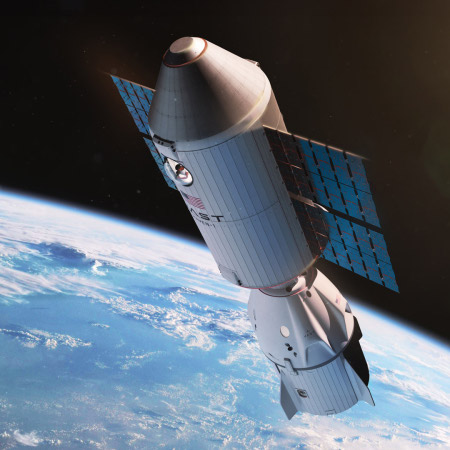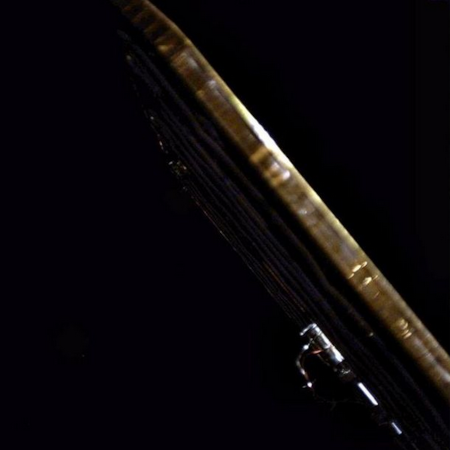SpaceX launches another Transporter mission, including dozens of smallsats
SpaceX today successfully completed its fifteenth Transporter mission of smallsats, its Falcon 9 rocket lifting off from Vandenberg Space Force Base in California.
The two major customers for this mission were Planet Lab, placing 36 satellites for its imagery constellation, and Exolaunch, which acts as a launch manager for smallsat companies. It placed 58 payloads in orbit for many various companies. Another launch manager company, SEOPS, launched 7 payloads, while the European aerospace company OHB launched 8. Among the other payloads was Varda’s fifth re-usable capsule.
The rocket’s two fairings completed their fourth and fifth flights respectively. The first stage (B1071) completed its 30th flight, landing on a drone ship in the Pacific. With this launch this booster become the second SpaceX first stage to achieve at least thirty flights. As the rankings for the most reused launch vehicles below show, SpaceX now has four boosters close to becoming the most reused rockets ever.
39 Discovery space shuttle
33 Atlantis space shuttle
31 Falcon 9 booster B1067
30 Falcon 9 booster B1071
29 Falcon 9 booster B1063
28 Falcon 9 booster B1069
28 Columbia space shuttle
The leaders in the 2025 launch race:
155 SpaceX (a new record)
73 China
15 Rocket Lab
15 Russia
SpaceX now leads the rest of the world in successful launches, 155 to 124.
SpaceX today successfully completed its fifteenth Transporter mission of smallsats, its Falcon 9 rocket lifting off from Vandenberg Space Force Base in California.
The two major customers for this mission were Planet Lab, placing 36 satellites for its imagery constellation, and Exolaunch, which acts as a launch manager for smallsat companies. It placed 58 payloads in orbit for many various companies. Another launch manager company, SEOPS, launched 7 payloads, while the European aerospace company OHB launched 8. Among the other payloads was Varda’s fifth re-usable capsule.
The rocket’s two fairings completed their fourth and fifth flights respectively. The first stage (B1071) completed its 30th flight, landing on a drone ship in the Pacific. With this launch this booster become the second SpaceX first stage to achieve at least thirty flights. As the rankings for the most reused launch vehicles below show, SpaceX now has four boosters close to becoming the most reused rockets ever.
39 Discovery space shuttle
33 Atlantis space shuttle
31 Falcon 9 booster B1067
30 Falcon 9 booster B1071
29 Falcon 9 booster B1063
28 Falcon 9 booster B1069
28 Columbia space shuttle
The leaders in the 2025 launch race:
155 SpaceX (a new record)
73 China
15 Rocket Lab
15 Russia
SpaceX now leads the rest of the world in successful launches, 155 to 124.
















